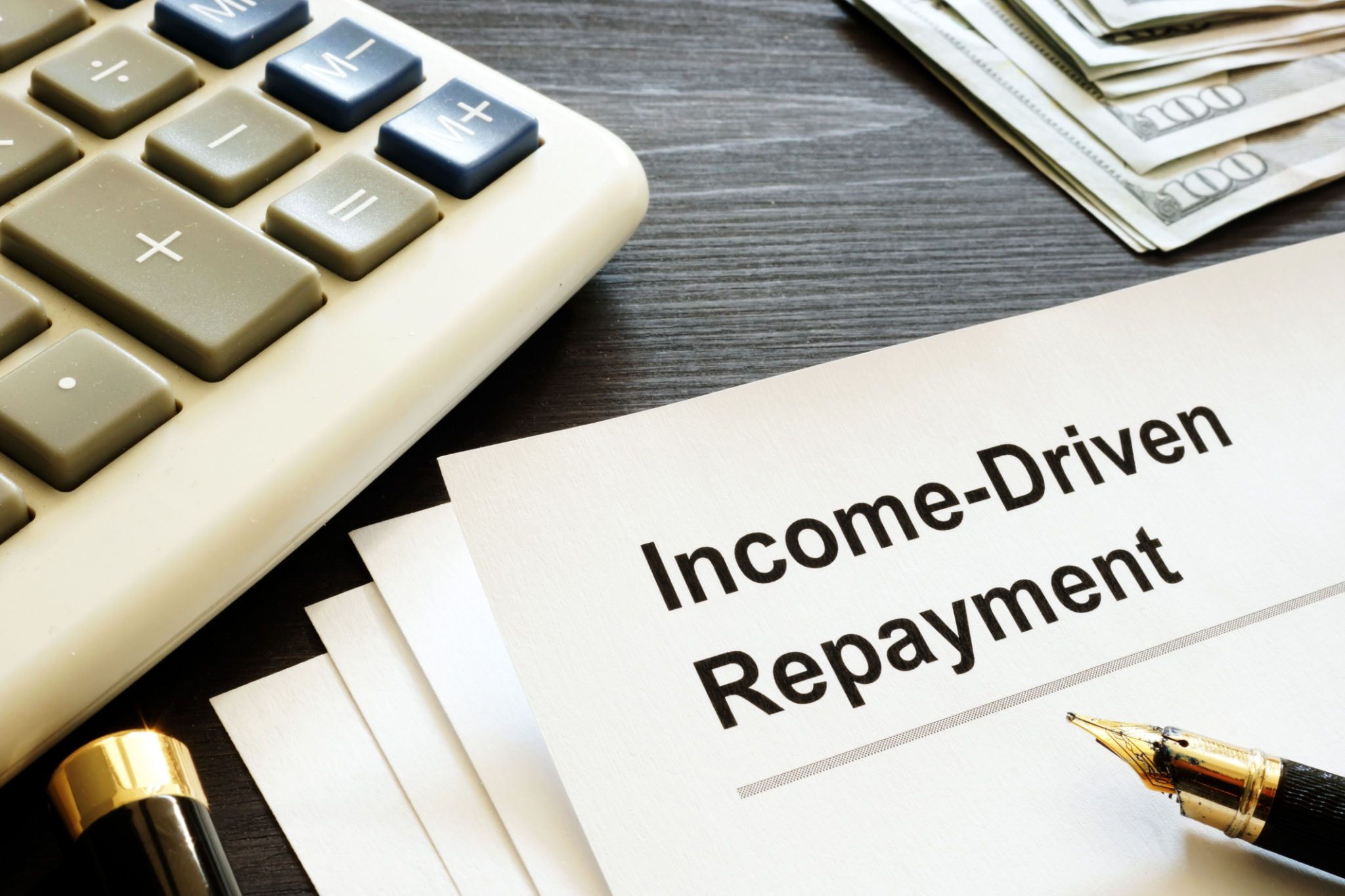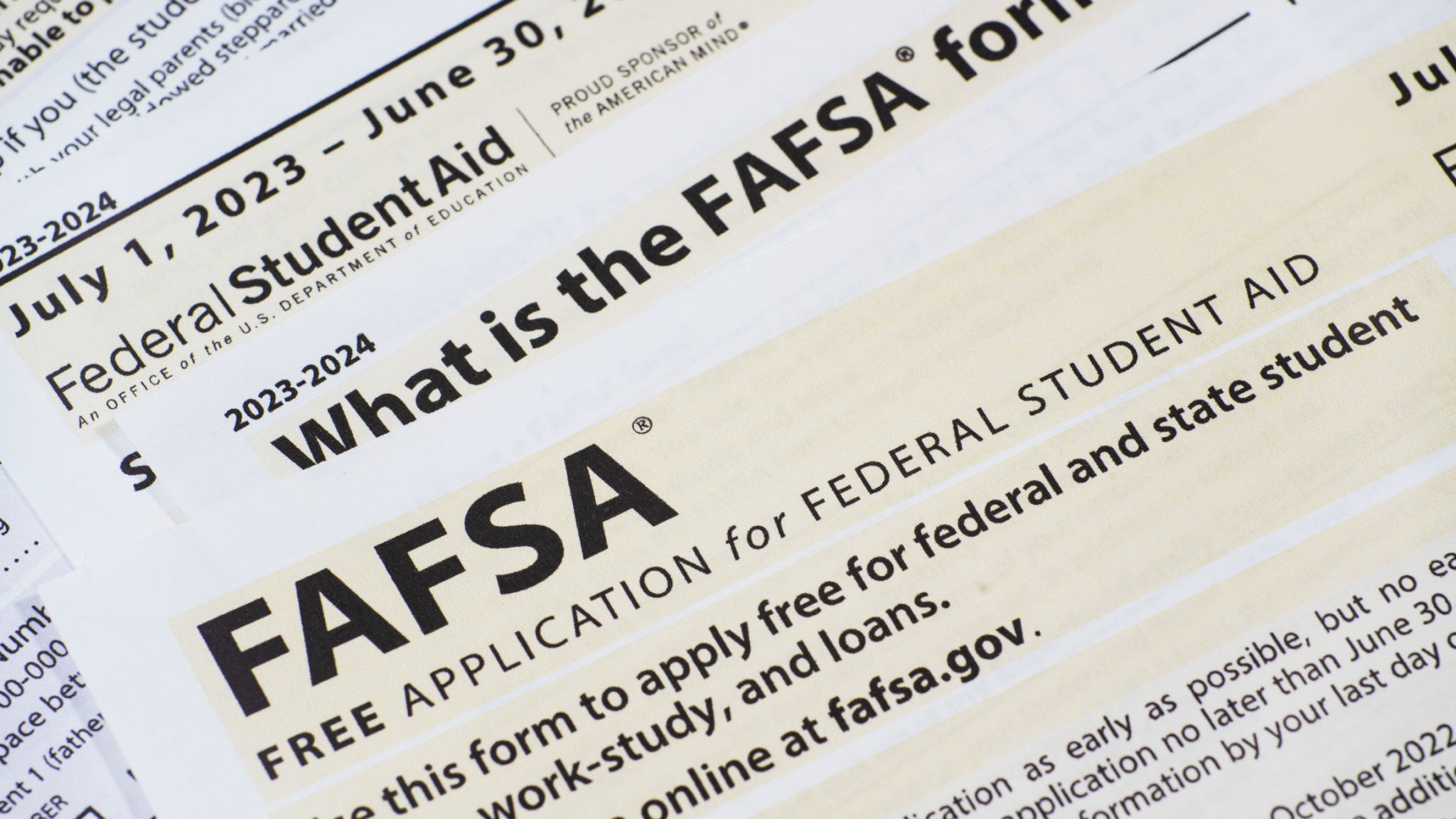Understanding Income-Driven Repayment Plans: A Comprehensive Guide
What Are Income-Driven Repayment Plans?
Income-Driven Repayment Plans (IDR) are designed to make student loan repayment more manageable by basing monthly payments on your income and family size. These plans can be particularly beneficial for borrowers who are struggling to make payments under the standard 10-year repayment plan. By adjusting the payment amount according to your income, IDR plans offer flexibility and relief, ensuring that loan payments remain affordable.
There are several types of IDR plans, including Income-Based Repayment (IBR), Pay As You Earn (PAYE), Revised Pay As You Earn (REPAYE), and Income-Contingent Repayment (ICR). Each plan has its own set of eligibility criteria and benefits, so it's essential to understand the differences to choose the right one for your situation.

Eligibility Criteria for IDR Plans
While IDR plans are available to most federal student loan borrowers, specific criteria must be met to qualify. Generally, borrowers need to demonstrate a partial financial hardship. This means that the amount you would pay under a standard repayment plan is higher than what you would pay under an IDR plan.
Additionally, only certain types of federal loans are eligible. For instance, Parent PLUS loans are not eligible for most IDR plans, although they may be included in the ICR plan after being consolidated into a Direct Consolidation Loan. It's crucial to review the requirements of each plan to determine your eligibility.
The Application Process
Applying for an IDR plan involves submitting an application through your loan servicer or using the Federal Student Aid website. You will need to provide information about your income and family size, which may require tax returns or alternative documentation if your current income differs from what is reported on your tax documents.

Once approved, you must recertify your income and family size annually to remain on the plan. Failing to recertify can result in increased monthly payments as your loans revert to a standard repayment plan amount.
Understanding the Benefits and Drawbacks
IDR plans offer several benefits, including reduced monthly payments and potential loan forgiveness after 20 or 25 years of qualifying payments, depending on the plan. This can provide significant relief for borrowers with high debt levels relative to their income.
However, there are also drawbacks to consider. Extending the repayment period means paying more interest over time. Additionally, any forgiven balance at the end of the repayment period may be considered taxable income, which could lead to a significant tax liability.

Choosing the Right Plan for Your Needs
When selecting an IDR plan, it's essential to carefully assess your financial situation and long-term goals. Consider factors such as your income stability, career prospects, and how quickly you anticipate paying off your loans. Utilize online calculators or consult with a financial advisor to evaluate which plan aligns best with your needs.
By understanding the nuances of each IDR plan and weighing the pros and cons, you can make an informed decision that helps you manage your student debt effectively.